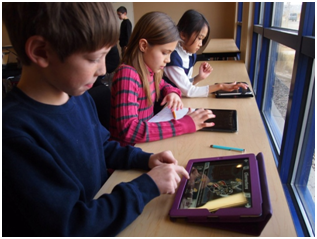It’s not just the actual learning materials that can support students in their studies. The design and layout of the classroom can also enhance their learning, so it’s important to think about how you use the workspace and plan an effective layout.

We all know that a clean and clutter free work area is far more conducive to productivity, and the same rings true for classrooms. We can do a lot to work with the physical element of schools and make it easier for pupils to learn and keep them focussed on the work.
A study by researchers at the University of Salford School of the Built Environment discovered that there are five elements that can have a significant impact on how well a student learns when it comes to classroom design. These are colour, choice, complexity, flexibility and light and should be key considerations when planning bespoke education buildings.
Colour
In order for students to learn effectively they need to have the right type of visual stimulation, so it’s essential to choose the colours that work best for them. The most effective layout has been found to be light shades on the majority of walls, combined with a bright feature wall.
Choice
School environments are under increasing pressure for space, with an additional 750,000 places required by 2025, which makes getting the right mixture of furniture even more important. For instance, ergonomic chairs and tables and accessible storage will support pupils.

Complexity
Alongside colours, getting the amount of visual stimulation right is also crucial to keep students focussed and engaged. Personalising the space with pupil’s work can encourage them and gives a sense of pride and achievement.
Flexibility
When working on bespoke education buildings, such as those designed by http://www.educationspaces.co.uk/, flexibility is essential in order for the space to work effectively. It’s beneficial to have the ability to use the space in different configurations or to have a varied floor area that gives the scope to engage in a wide variety of activities.
Light
Large amounts of natural light are more beneficial for learning environments, but you need to be aware of the issues of glare, such as sunlight hitting whiteboards and other reflective surfaces. Where necessary, introduce high quality light sources, as opposed to fluorescent bulbs, which can reduce attention levels.
